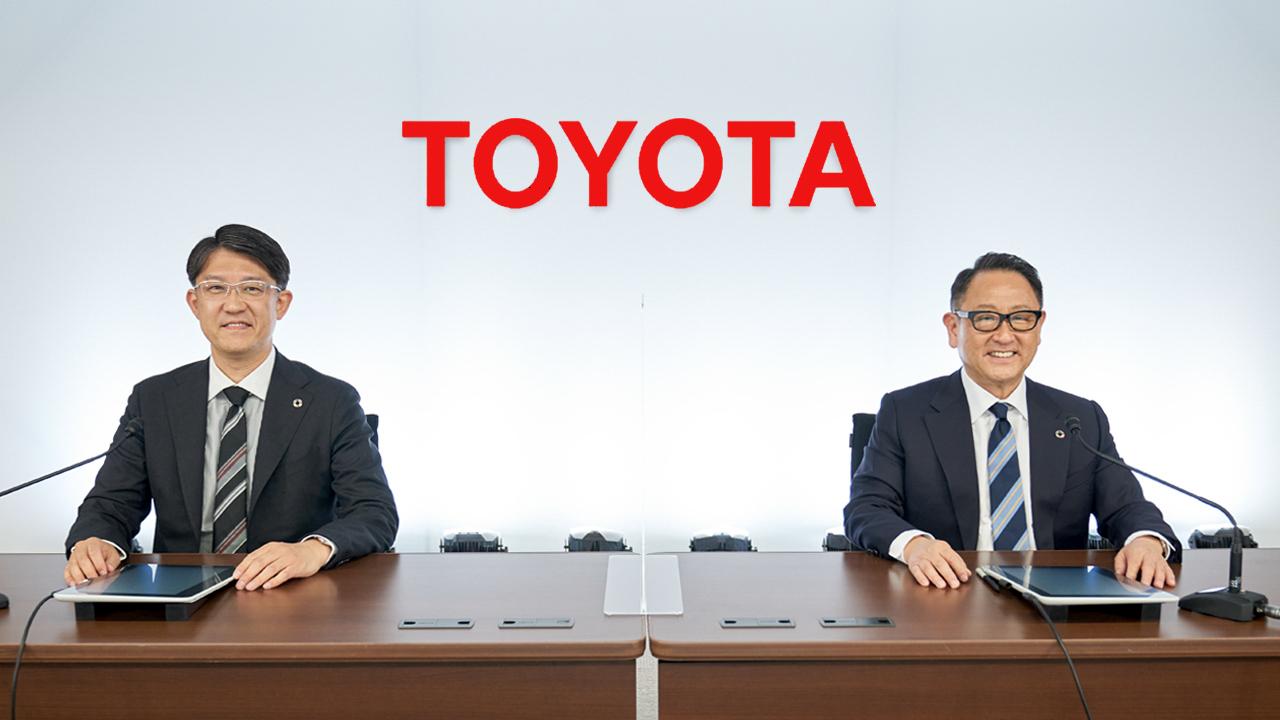
Toyota has decided to put to the test in racing a suddenly announced hydrogen engine, even though there are no plans for sale at this moment. Akio Toyota, wearing four different hats, explains Toyota's true intentions.

Toyota Motor Corporation announced on April 22 that it is working on the technological development of a hydrogen engine.
Seeing “Toyota” and “hydrogen” together in the same sentence, you wouldn’t be blamed if fuel cell electric vehicles (FCEVs) like the Mirai were the first thing to come to mind. However, this time rather than a fuel cell, Toyota was putting the spotlight on an engine—a hydrogen-powered internal combustion engine.
While FCEVs are driven by electric motors powered using electricity generated by a chemical reaction between hydrogen and air-borne oxygen, vehicles powered by hydrogen engines get their zoom by burning hydrogen in a modified conventional gasoline engine setup.
The fuel is 100-percent pure hydrogen, unmixed with gasoline. As no fossil fuels are burned, hydrogen-engine vehicles emit nearly no CO2 when in operation*. This makes their use one path toward carbon neutrality.
*Except for the combustion of minute amounts of engine oil during driving, hydrogen engines emit zero CO2 when in use. Since they burn hydrogen while taking in oxygen in the air, as in the case with gasoline engines, a certain amount of NOx is created in the process.
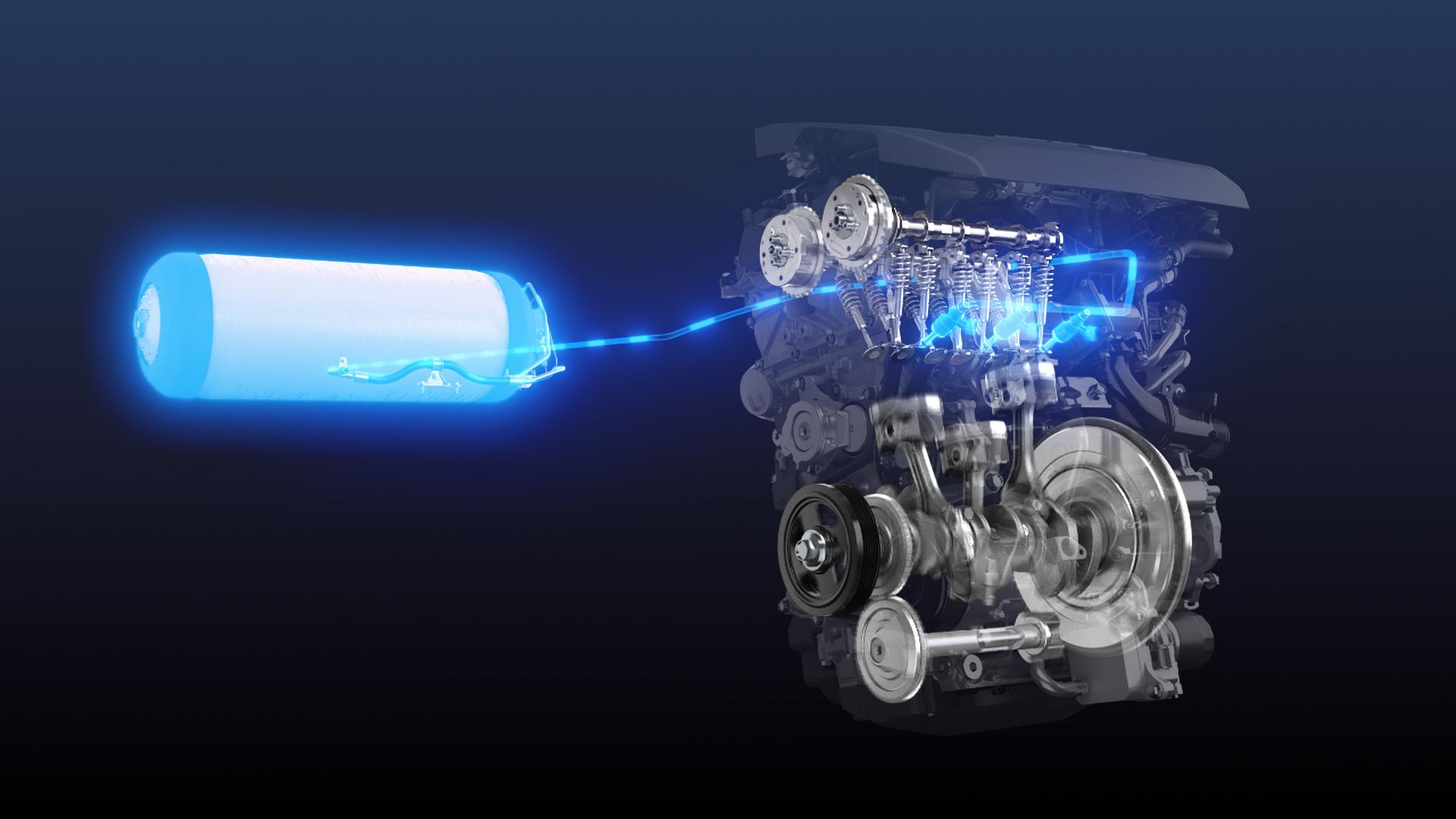
What is key to note is that a car packing Toyota’s just-announced hydrogen engine will be entered in a race—the Super Taikyu Series 2021 Powered by Hankook Round 3 NAPAC Fuji Super TEC 24 Hours Race from May 21st to 23rd—without any concrete plans for sale.
Specifically, the car will be raced by ORC ROOKIE Racing (a motorsports privateer team in which Akio has the title of “team owner”), which was commissioned by Toyota to develop the engine.
Based on the Corolla Sport (the “Corolla Hatchback” overseas), the car will employ the Super Taikyu-honed GR Yaris 4WD drivetrain and use green hydrogen derived from renewable energy and produced at the Fukushima Hydrogen Energy Research Field in Namie Town, Fukushima Prefecture.
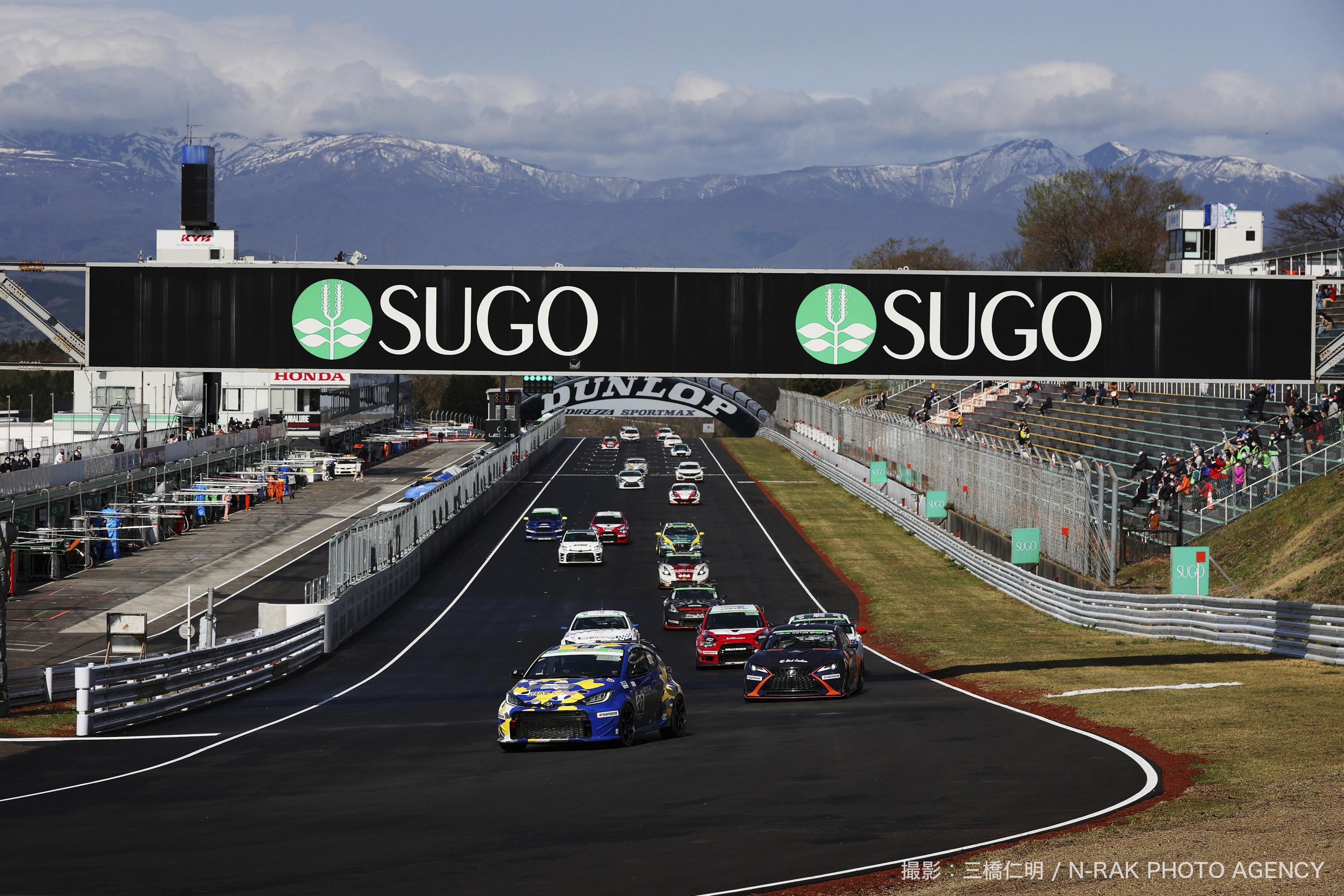
Surprising as it might be to thrust an under-development hydrogen engine into a grueling competition, the fact that its first test will be a 24-hour endurance trial by fire and not some less-daunting three-hour or five-hour race is a testament to the zeal and determination behind it. In other words, this is no joke.
A man wearing four hats makes the announcement
At a press briefing for automotive journalists, Akio and GAZOO Racing Company President Koji Sato took the stage.
Akio, who also appeared at a Japan Automobile Manufacturers Association (JAMA) press conference at the same place earlier on the same day, introduced himself at the beginning as follows.
“Hello, this is Akio Toyoda. I’m also Morizo. And I’m the president of Toyota too.”
Akio mentioned that he wore several hats. But those who looked closely might have noticed that he wears more than one tie, as well, as the yellow and blue striped one he was sporting was different from the one he had on at the JAMA press conference.
Yellow and blue—the colors of ROOKIE Racing. Although Akio didn’t bring it up, any sharp journalist probably realized that, on that day, he was also wearing the hat of ROOKIE Racing team owner and driver.
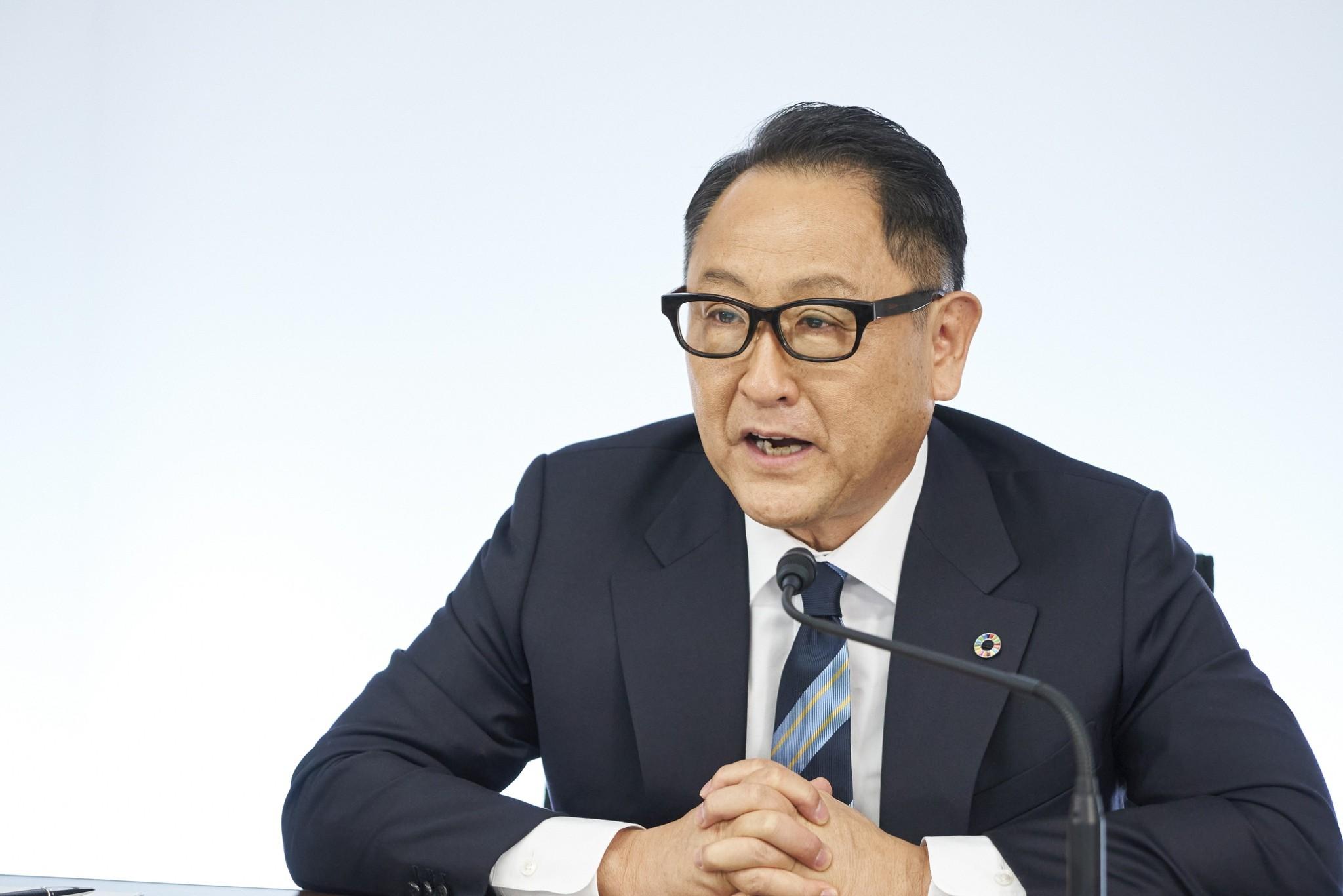
This time, Toyota Times—through exchanges between car journalists and a man wearing four hats—explores the significance of Toyota’s racing with a car powered by a hydrogen engine.
How a quick consultation led to entering a race
Right off the bat, in a question to car guy Morizo, a journalist wanted to know why Toyota dared to start with a demanding 24-hour race. Switching among his four hats, Akio, or perhaps we should say Morizo, shared an unknown episode that led to entering a race with a hydrogen engine.
―Was Morizo’s passion for enlivening motorsports behind the sudden decision to participate in a 24-hour endurance race?
Akio
Sure, I also wanted to get people excited about motorsports. But the world of motorsports is also part of the group of our 5.5 million colleagues (in the automobile industry), and I wanted to make motorsports sustainable even as we move toward carbon neutrality.
Toyota has hydrogen-related environmental technology cultivated through the Mirai. It also has safety technology developed through the Yaris WRC. And the GR Yaris has been competing in 24-hour races since its launch.
It (the GR Yaris) always got the pole position, but various parts broke. So, I instructed everyone: “Let’s break it.” And I think the car has become much stronger in one year.
This year, two other privateer teams have started racing in the GR Yaris. So, I felt that, in a sense, ROOKIE Racing had fulfilled one of its roles.
My thoughts, as president of Toyota, were that it would be great to see more privateers using Toyota cars as motorsports material.
Next, I want ROOKIE Racing, which Toyota has entrusted with development, to take up the challenge of working with hydrogen engines, which represent a hidden potential for motorsports going forward.
The reason for competing in a 24-hour endurance race is that simply lasting three or five hours is not enough. You have to have done the preparation to last for 24 hours.
On top of that, I’m one of the drivers. Many people in Japan associate hydrogen with explosions. So, I want to show that it is safe by driving in a race myself.
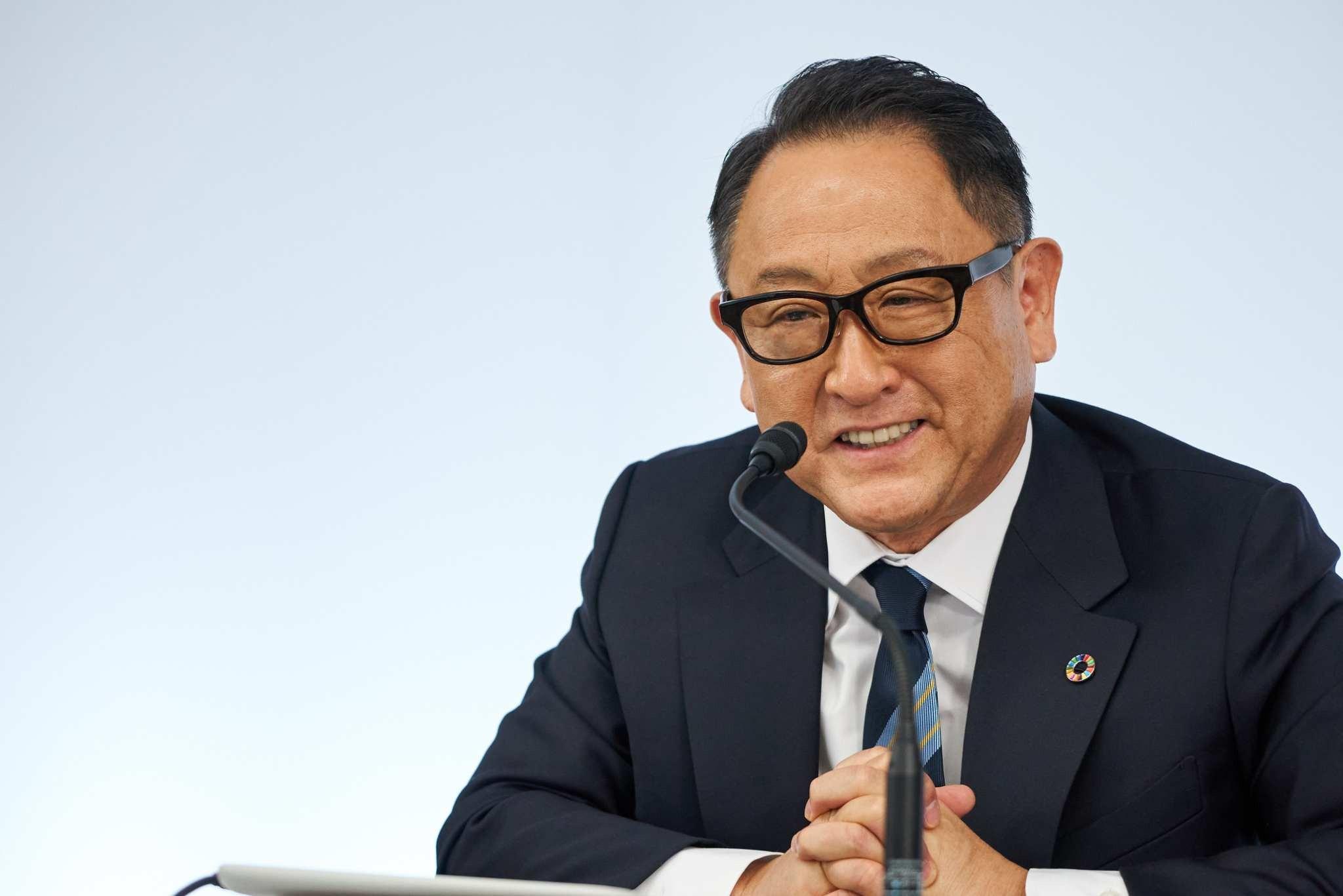
Now, the reason why this car was developed in a short time is that last year I was living an “evacuee life” at a training center due to the COVID-19 pandemic. During that time, vehicle engineering divisions would bring various cars to the dirt course next to the training center for me, asking me to get in them.
Among them was a hydrogen-engine Corolla. At that time, I never dreamed that taking a spin with (race car driver) Kamui Kobayashi, who happened to be at the training center, would lead to today’s announcement. And I think that President Sato thought so even less than I did.
Thinking, as a member of the automobile industry, that it was important for motorsports to gain citizenship and create a place where everyone could enjoy themselves even in a carbon-neutral era, I decided that we should go with a hydrogen engine.
After that, the spotlight shifted to Sato, who added to Akio’s story about how it was decided to race with a hydrogen engine.
Speaking from the perspective of the person in charge of Toyota in motorsports, he explained what made hydrogen-engine cars so appealing and the meaning of development in the environment of motorsports.
President Sato
I had originally been researching hydrogen engines for quite some time, particularly concerning such aspects as bi-fuel engines (engines that can be used by switching between two types of fuel) since around 2016.
However, we weren’t getting much anywhere in terms of compositing everything into a vehicle.
It was only recently that I realized, as one thing led to another, that we could use technologies that we had on hand to give our efforts form in the shape of a car.
Because hydrogen burns faster than gasoline, the response is great.
At the end of last year, we built a prototype that provided that “car feeling” that car lovers love, such as through sound and vibration, even though we were dealing with environmental technology.
I took the car to Master Driver Morizo for him to try it out and to casually ask him: “So, what do you think?” But then Morizo’s sensors started going off.
When he said: “Let’s race this!”, my mind flashed back to how careless my..., uh, let me restate that...how challenging my actions were. [Laughs.]
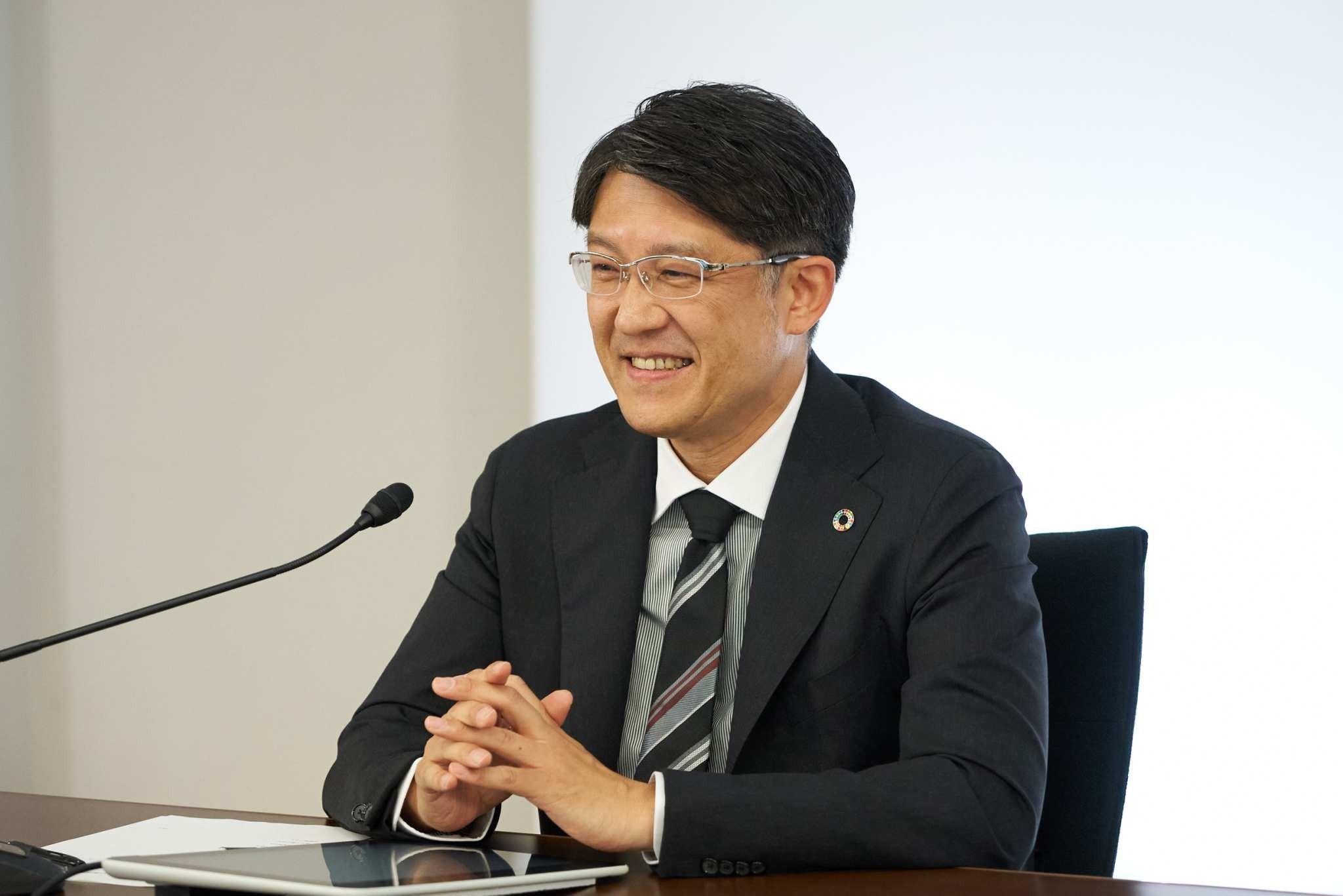
Because I had long developed mass-produced cars, my watch ticked in sync with the time axis of mass-produced cars. And in motorsports, as you might guess, the (development) timeline is overwhelmingly fast and agile. Instead of making sure something doesn’t break, you push it until it’s broken, and then you truly know its limits.
That’s the kind of place for working on tomorrow’s technologies. Hydrogen presents many challenges, so making it something you own is not that easy.
To make such a technology a reality, you have to put yourself in a place where the time axis moves quickly, and you have to put things to the test again and again. It was as if I had been told: “If you don’t do that, the future won’t come any closer.”
Taking up the challenge of a 24-hour race from the start is an extremely exciting goal, and even right now we are undergoing endurance testing of the engine (to be ready for the race next month).
Having something this exciting is a good reading of Toyota’s temperature. Even as Toyota strives to achieve carbon neutrality, I think this shows Toyota’s stance, which is one of taking up the challenge of developing various technologies while maintaining “heart-thumping exhilaration”, or wakudoki, as a carmaker.
The hidden potential of hydrogen engines
The heart of a car is its engine. Change the engine, and you greatly change not only how to race but also how to excite the fans. When asked about the characteristics of hydrogen engines, President Sato summed it up in two precise words: “combustion speed”.
―What are the highlights to check for when racing with a conventional gasoline engine? What kind of potential do hydrogen engines have in racing?
President Sato
What makes hydrogen special is that its combustion speed is eight times that of gasoline. That means faster response. So low-speed torque almost immediately after the get-go and torque-strong response are what make hydrogen engines so good.
However, hydrogen’s quick burn rate results in high pressure and high temperatures, making heat management a technical issue. So, it becomes a matter of how to find a good balance for maximum output.
In the coming race, we will check the balance between how far to push maximum output while maintaining stable combustion. So, we don’t expect that the potential of hydrogen engines will fully be performed.
While balancing various elements to increase output in the future, we would like to find the combustion conditions that bring out the good in hydrogen engines.
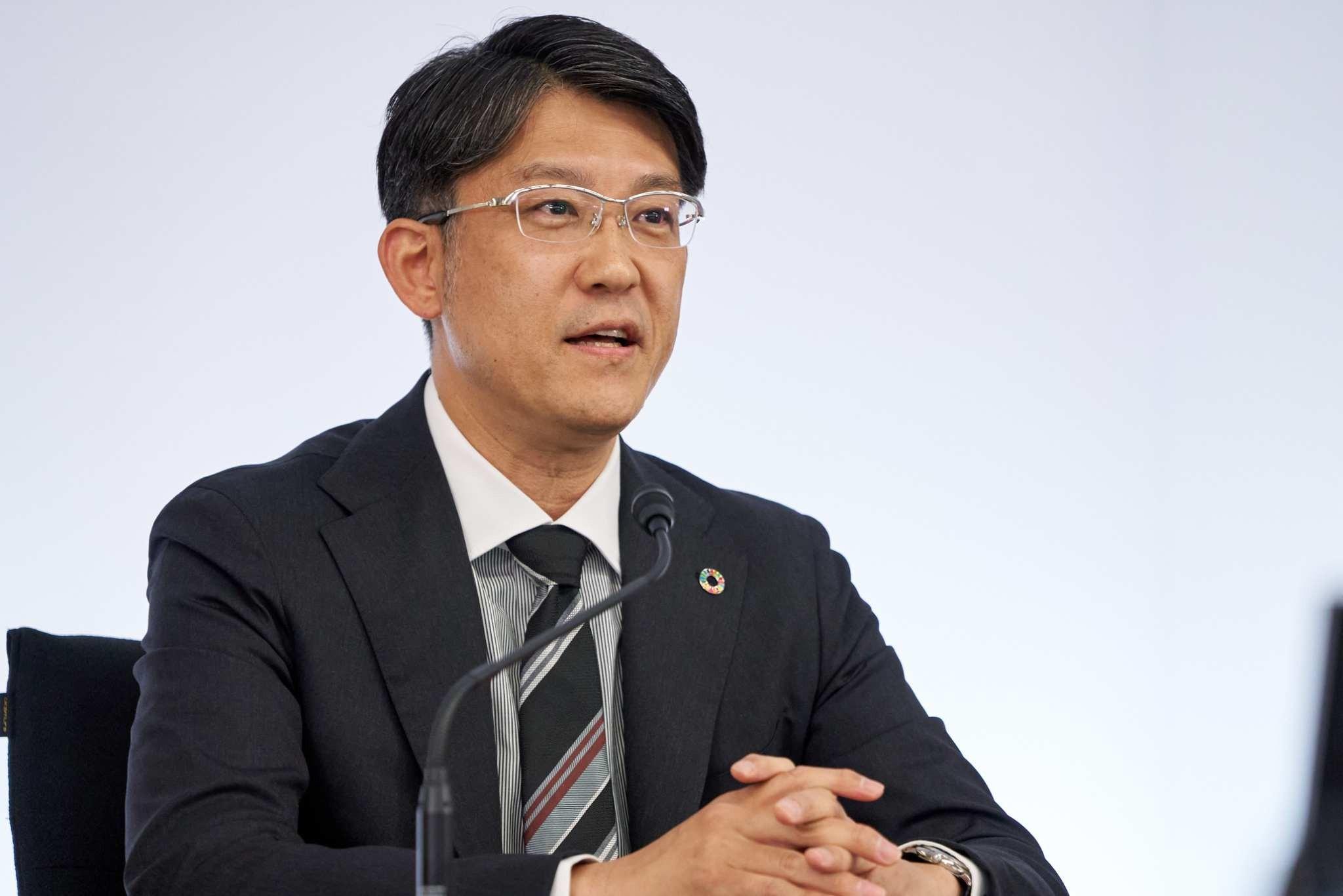
Our bench specs (test results with only the engine and not mounted on a vehicle) show that output is at the level obtainable by gasoline, so I think that performance will be more or less on par with gasoline.
That said, in terms of weight, since the car will be carrying a large number of measuring instruments, I think our first race will unmistakably lean toward being more like a verification trial for collecting data rather than one of winning or losing.
At the JAMA press conference held only hours earlier, Akio, wearing yet another hat as JAMA chairman, strongly appealed for people to understand that “there is a path (toward carbon neutrality) for Japan to choose in which we can fully take advantage of our strengths”.
As an example, Akio gave the use of non-CO2-emitting carbon-neutral fuels, rather than fossil fuels. He pointed out that advancing research related to such fuels and putting to use Japan’s accumulated engine technologies had possibilities for achieving carbon neutrality.
With the hydrogen engine announcement and the JAMA press conference being on the same day, a question was asked that linked the two.
―Did you choose to announce your hydrogen engine now because the debate over the next form of energy is about to heat up?
Akio
When I thought about the role of ROOKIE Racing, if there was the possibility of being able to provide a power unit to privateers even in the eras of CASE and carbon neutrality, I wanted to take on the challenge of doing so.
Although HEVs have been promoted in various motorsports worlds such as the 24 Hours of Le Mans, their image of being fuel-efficient has inevitably been front and center.
That’s why, in the case of hydrogen engines, we would like to work on them within motorsports from the start and draw appeal to the fun that they offer in terms of “running, turning, and stopping”.
We might very well still be at the level of: “Are you really going to race a car at that stage of development?” Even so, I thought that we could do it if ROOKIE Racing and TOYOTA GAZOO Racing worked together.

And above all, when it comes to carbon neutrality, everyone just seems to be talking about BEVs.
Even in motorsports, Formula E is often easily regarded as the racing format of the future. But among the 5.5 million people (in the Japanese automobile industry), there are many who have accumulated engine-tuning and other know-how in racing for a long time.
We announced our hydrogen engine at this timing because we want to attempt to demonstrate—first through ROOKIE Racing—that (internal-combustion) engines can be useful in achieving carbon neutrality and we want to turn them into a platform that mechanics and private garages, which support motorsports, can use in the future.
Starting by collecting data
Achieving a hydrogen engine that is compatible with the carbon-neutral era and yet appeals to the senses, such as through sound and vibration, is fraught with many challenges and still a long way off.
Although Toyota’s announcement raised expectations, Akio, as one who himself will be behind the wheel in the race, expressed the current ability of hydrogen-engine cars in the following way.
―Do hydrogen engines get Morizo just as excited as gasoline engines?
Akio
Well, to tell the truth, I’ve only driven the car on gravel (and dirt) so far. I haven’t experienced it on a circuit. That’s the stage at which we made our announcement.
On gravel, we placed some pylons to test the car’s performance by turning and accelerating. The sense of acceleration after deceleration made me feel that it was well suited for motorsports.
In the case of Fuji Speedway, I think the way to do it would be to catch up near the end (going uphill and through repeated corners in the latter half of the course) and pass in the first sector (first half of the course) starting with the straightway. If I’m too far behind, I guess that would mean pulling into the pit. [Laugh.]
More importantly, I’ve heard that fuel efficiency might be a problem, so in the case of a 24-hour race, the durability of the mechanics will be more of an issue than the durability of the car.
As I expect (the car) to be in the pit often, it will be interesting to see what kind of system will be in place for the mechanic work over 24 hours. In addition to the normal tire changes and hydrogen filling, I imagine lots of different parts will have to be swapped out.
I think it’ll be like the Nürburgring races. We’ll be at a stage in which we somehow try to race the entire 24 hours and get as much data as we can.
The will of the man wearing many hats
Akio approached the announcement of the hydrogen engine as a person playing four roles. His comments there, for sure, were filled with the will of a man who wears many hats.
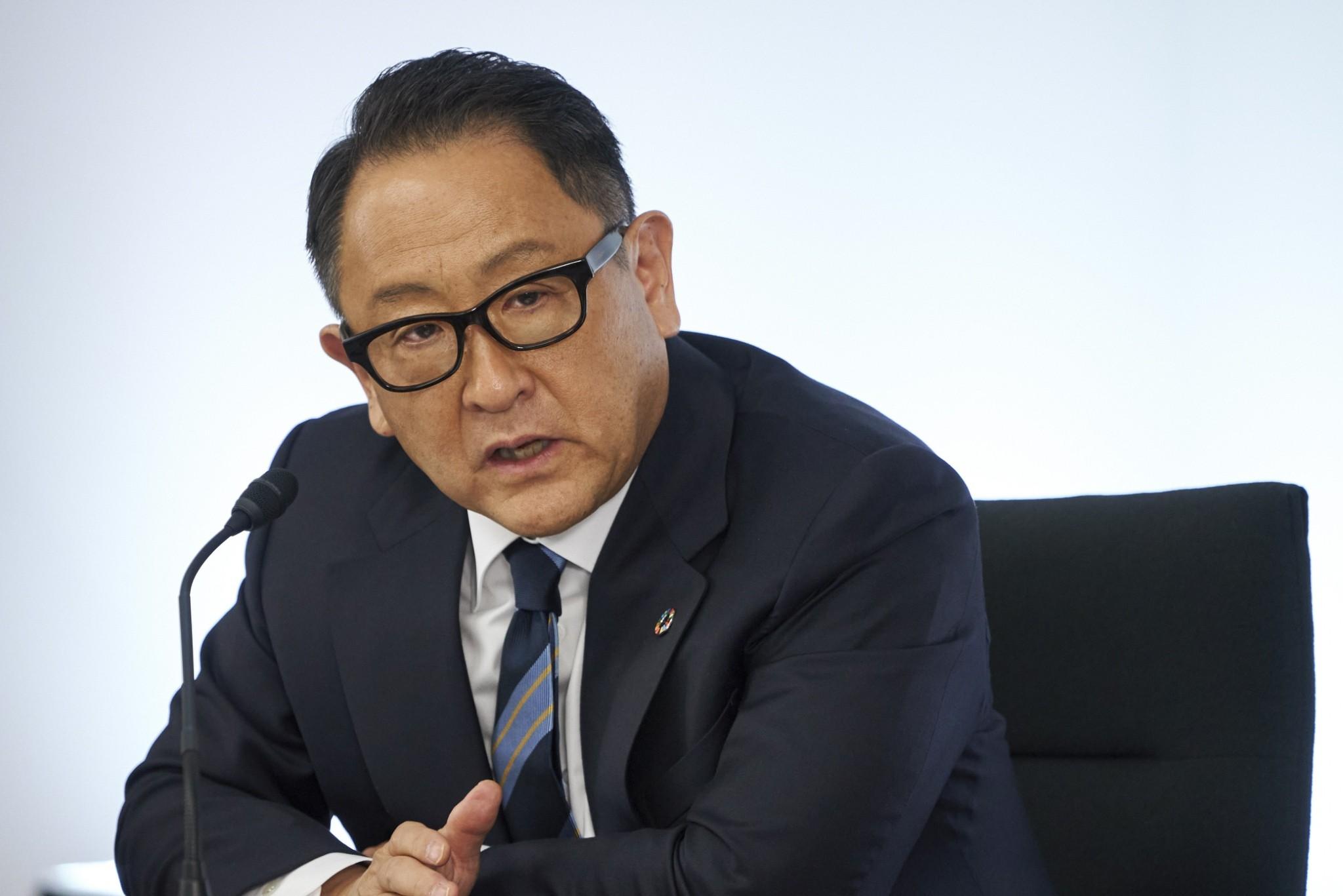
As the chairman of JAMA, he showed his resolution in wanting to contribute to the achievement of carbon neutrality in his home country, Japan.
As the president of Toyota, he showed his determination by daring to throw himself into a tough race to quickly achieve practical application of new technologies that can apply the strengths of this country.
As the team owner of ROOKIE Racing, he showed his belief that motorsports, which are often viewed as the polar opposite of caring for the environment, must be enlivened even in the new eras.
And as car guy Morizo, he showed his enthusiasm for protecting that noisy yet captivating engine sound that is familiar to many for his car-loving friends.
On that dirt course where he encountered this technology last year, Akio’s sensors must have started going off as they grasped a sense of the future, likely leading to the will that dwells beneath each hat.
Toyota Times will keep its finger on the pulse of Toyota’s challenge of developing a hydrogen engine.

